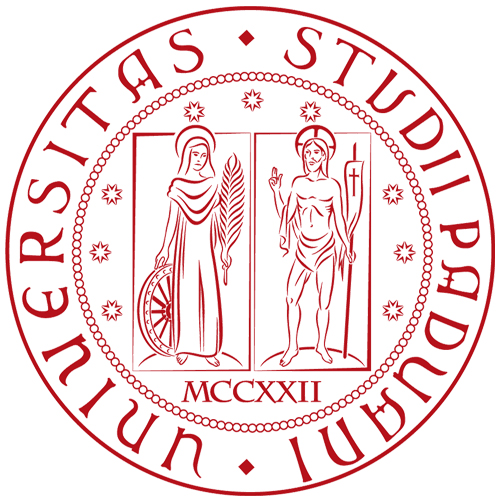
PHRC057 : Dedication to Isis Arsinoe Philadelphos (Kanopos) - Egypt (270-240 BC) Small block
Permanent ID http://s.phrc.it/phrc057
Images
Photo 1: Photo of the stone, from I.Delta I, Pl. 3, Fig. 1

Text constituted from: CPI I 91.
Other editions: Strack 1894, p. 234, n. 6; Strack 1897, p. 224 no. 30; SB V 8850; OGIS 31; Breccia 1911 (I.Musée d'Alexandrie) no. 7; I.Delta I, p. 233-234 no. 3.
See also: on the cultic context, Malaise 1994, p. 358-360; Quaegebeur 1998; Bricault 2013, p. 86-90; Caneva 2014a, p. 110 no. 11; Caneva 2015, p. 107.
Images: I.Delta I, Pl. 3, Fig. 1.
Further bibliography: on Isis in Kanopos, Minas-Nerpel 2019, p. 151-153, 165; see also the references mentioned in PHRC 056.
Online record: TM 6370
Line 1 Ἴσιδι Ἀρσινόηι Strack 1897, Dittenberger, Breccia, Bilabel (SB); [βασιλίσσαι Ἀ]ρσινόηι Bernand, I.Delta; [Θεᾶι Ἀ]ρσινόηι Strack 1894
2 [Φιλαδέ]λφωι Strack, Dittenberger, Breccia, Bilabel (SB); [θεᾶι Φιλαδέ]λφωι Bernand, I.Delta
2-3 Θέ|[ων? ὑπὲ]ρ Bernand, I.Delta; Θέ[στ|ωρ] Strack, Dittenberger, Bilabel (SB); Θέ|[στωρ] Breccia.
Dedications to members of the Ptolemaic house for (hyper) a third person are not unknown in Egypt, but in most cases they date to a later period (2nd cent.) and point to the Ptolemaic army for both the donors and the persons mentioned with the hyper formula (Caneva 2016c). In contrast to these documents, this small plaque has an earlier date and bears a rare example of a dedication made by a private individual to a deified ruler in favour of himself and of his own family. Paleography and the presence of the epithet Philadelphos suggest a date between Arsinoe’s death and the early years of Ptolemy III. This allows us to exclude the hypothesis that the lacuna in line 1 should be filled with the royal title basilissa (Arsinoe II never bore it together with the epiclesis Philadelphos, cf. Caneva 2016b, p. 213). Equally unconvincing is the integration Thea, since this term always appears after the personal name Arsinoe in the few cases where the compound denomination Arsinoe Thea Philadelphos is attested (see commentary to PHRC 059).
The most plausible integration of the lacuna delivers the onomastic sequence Isis Arsinoe Philadelphos. As observed in our commentary to PHRC 056, compound denominations placing a theonym before Arsinoe Philadelphos are very rare. Moreover, while a link between Arsinoe and Isis is attested by several Greek and Egyptian documents from Ptolemaic Egypt (Quaegebeur 1998; Shorn 2001, p. 213-214; Caneva 2014a; Caneva 2015; Minas-Nerpel 2019), the priority of Isis is only paralleled by Egyptian texts (Quaegebeur 1998; Bricault 2013, p. 86-88). The only possible Greek parallel is provided by RICIS 305/1702, line 4 (Halikarnassos, ca 260-246 BC; Caneva – Bricault 2019), but in this case scholars convincingly interpret the dedicatory sequence ‘to Sarapis Isis Arsinoe Philadelphos’ as a triad of recipients mentioned together without conjunctions (cf. Wallensten 2014). The hypothesis of a dedication to Isis (and) Arsinoe Philadelphos in Kanopos cannot be excluded either. Be that as it may, the priority of Isis together with the geographical provenance point to the sanctuary of Isis as a plausible location for our dedication. In the years ca. 274-270, this sanctuary had been dedicated to Isis and Anubis by the admiral Kallikrates for the living couple of Ptolemy II and Arsinoe II (see commentary to PHRC 055). The dedication made by Theon (the name is much more common than Thestor, see LGPN) may therefore shed light on a later stage of evolution of the cult of Isis in Kanopos, which was affected by the integration of the new cult for the deceased and deified Arsinoe. The stone was probably part of an altar or of another small cult structure.



